Spatial Computing Technology in 2024: Current Landscape
- admin
- January 5, 2024
- 6 Comments
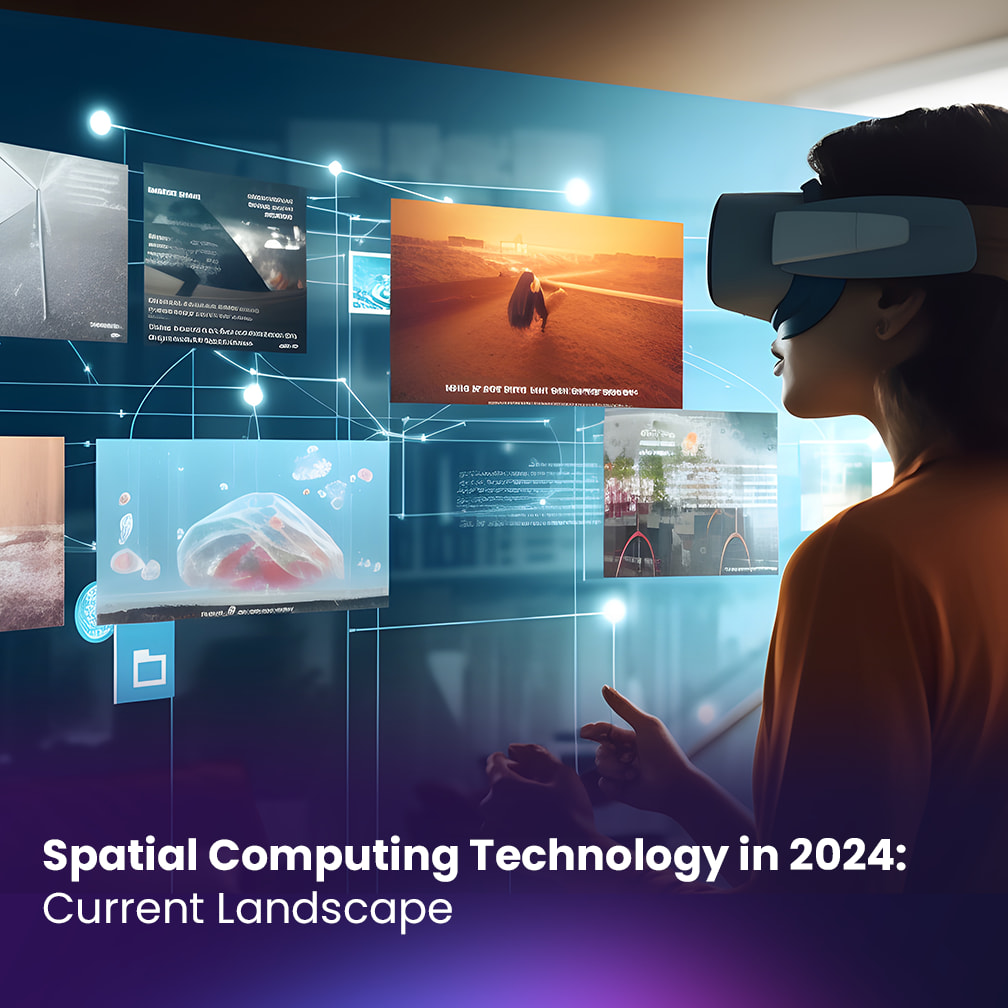
Spatial computing is a revolutionary technology that blends the physical and digital worlds by leveraging spatial mapping and sensory input to create immersive experiences. It’s a dynamic field where digital content interacts with the physical environment in real-time. Evidently this technology enables devices to perceive and comprehend space, allowing users to interact naturally with digital elements in their surroundings.
Table of contents
How Does Spatial Computing Work?
At its core, spatial computing relies on sensors, cameras, and advanced algorithms to interpret physical spaces, because it gathers data from the environment, processes it, and overlays digital information onto the real world. This integration happens seamlessly, providing users with interactive and immersive experiences.
Benefits of Spatial Computing
- Enhanced User Experience: Spatial computing enables intuitive interactions, making technology more user-friendly and accessible.
- Improved Efficiency: It optimizes workflows by introducing intuitive interfaces and streamlining tasks.
- Innovative Applications: From gaming to healthcare and education, spatial computing opens doors to innovative applications across industries.
Exploring Spatial Computing Capabilities
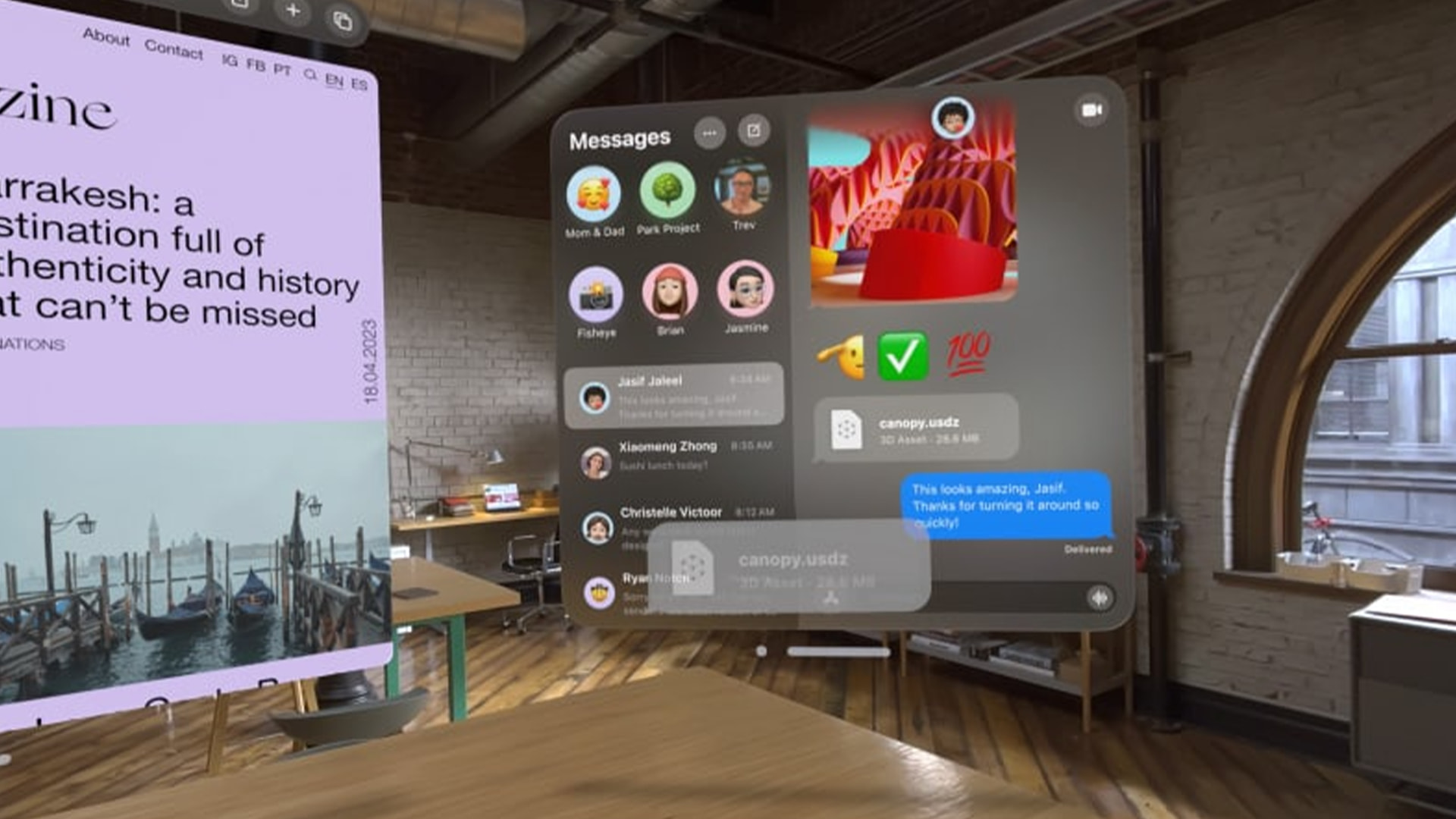
What Can Spatial Computing Do?
- Augmented Reality (AR): Spatial computing facilitates AR experiences, overlaying digital content onto the physical world. For instance, AR navigation apps project directions onto streets in real-time.
- Interactive Simulations: It enables simulations for training purposes, allowing users to interact with virtual elements in real environments.
- Enhanced Visualizations: Spatial computing transforms data visualization by presenting information in 3D, then enhancing understanding and analysis.
Spatial Analytics
Spatial analytics involves analyzing spatial data to understand patterns and relationships, furthermore It leverages spatial computing technology to derive insights, aiding decision-making across various sectors, from urban planning to retail.
Addressing Common Queries About Spatial Computing
Is VR Spatial Computing?
While both VR and spatial computing offer immersive experiences, they differ in approach. VR creates fully immersive digital environments, whereas spatial computing merges digital elements with the physical world.
Is Spatial Computing AI?
Spatial computing uses AI components but focuses on spatial understanding and interaction. So It harnesses AI to process data and enhance user experiences within spatial contexts.
Is Spatial Computing the Same as AR?
Spatial computing is the foundation for AR experiences but extends beyond AR. AR is an application of spatial computing, enriching real-world experiences with digital overlays.
What is Spatial in Tech?
In tech, “spatial” refers to understanding and manipulating physical spaces using digital technologies, in general allowing seamless interactions between the physical and digital realms.
Exploring the Boundaries
The Evolution of Spatial Computing Technology
Spatial computing has evolved significantly, driven by advancements in hardware, software, and artificial intelligence. Initially, it focused on enhancing user interfaces, but now it’s expanding into diverse fields like:
- Teleport Plaque Address: This innovative concept integrates spatial computing with a Universal addressing systems. TPA revolutionizes how we navigate and interact within both digital and physical spaces. Basically, It uniquely combines three letters and three numbers to generate 17,576,000 distinct, easy-to-remember addresses. This innovative structure simplifies the complexities of spatial computing, offering a user-friendly and precise way to identify locations in three-dimensional environments. .
- Apple Vision Pro: Apple’s foray into spatial computing, particularly with Vision Pro, illustrates its commitment to enhancing user experiences. Vision Pro harnesses spatial mapping for enhanced object recognition and AR functionalities in Apple devices.
The Future of Spatial Computing
As technology progresses, spatial computing’s potential continues to grow:
- Enhanced User Interactions: Future applications will likely focus on more natural interactions, where devices seamlessly understand and respond to human gestures and commands.
- Industry Transformations: Sectors like healthcare, manufacturing, and retail are poised for substantial transformation through spatial computing, obviously improving processes and customer experiences.
Unveiling the Dynamics of Spatial Computing
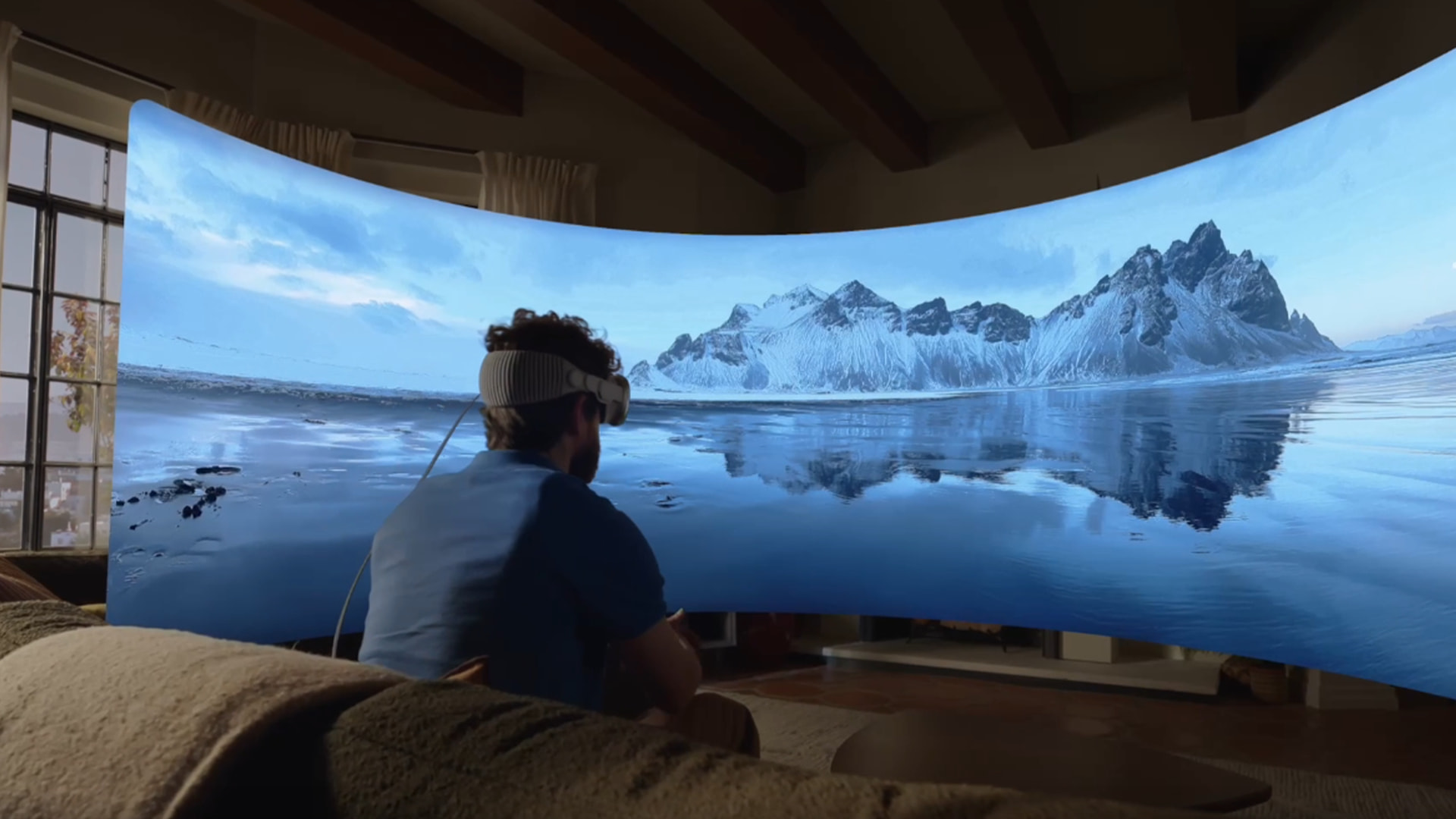
Spatial Computing in Everyday Scenarios
- Enhanced Navigation: Imagine seamlessly navigating through a city, with AR overlays displaying directions and information about nearby landmarks.
- Immersive Gaming: Spatial computing transforms gaming experiences, allowing characters and objects to interact within your physical environment.
The Blending of Virtual and Real Worlds
Spatial computing technology blurs the boundaries between what’s real and what’s digital:
- Spatially-Aware Devices: Devices equipped with spatial computing capabilities perceive and interact with the world around them, adapting to diverse environments.
- Real-Time Interactions: With spatial computing, users can engage with virtual content in real-time, enabling dynamic and contextually relevant experiences.
Navigating Misconceptions about Spatial Computing Technology
Clarifying Concepts
- Misconception 1: VR vs. Spatial Computing: While VR immerses users in a wholly digital environment, spatial computing overlays digital elements onto the physical world, blending realities.
- Misconception 2: Spatial Computing and AI: Though spatial computing may integrate AI for processing, its core focus is spatial awareness and interaction, distinct from AI’s broader functionalities.
The Essence of Spatial in Tech
In the tech sphere, “spatial” encapsulates the fusion of physical and digital realms:
- Interactive Experiences: Devices comprehend physical spaces, enabling interactive and contextualized digital experiences.
- Enhanced Connectivity: Spatial computing fosters connected ecosystems where devices seamlessly communicate and interact.
Anticipating Future Applications
- Personalized Experiences: Spatial computing holds promise for personalized services tailored to individual preferences and surroundings.
- Industry Disruption: Its integration into industries like architecture, education, and entertainment will redefine processes and user engagement.
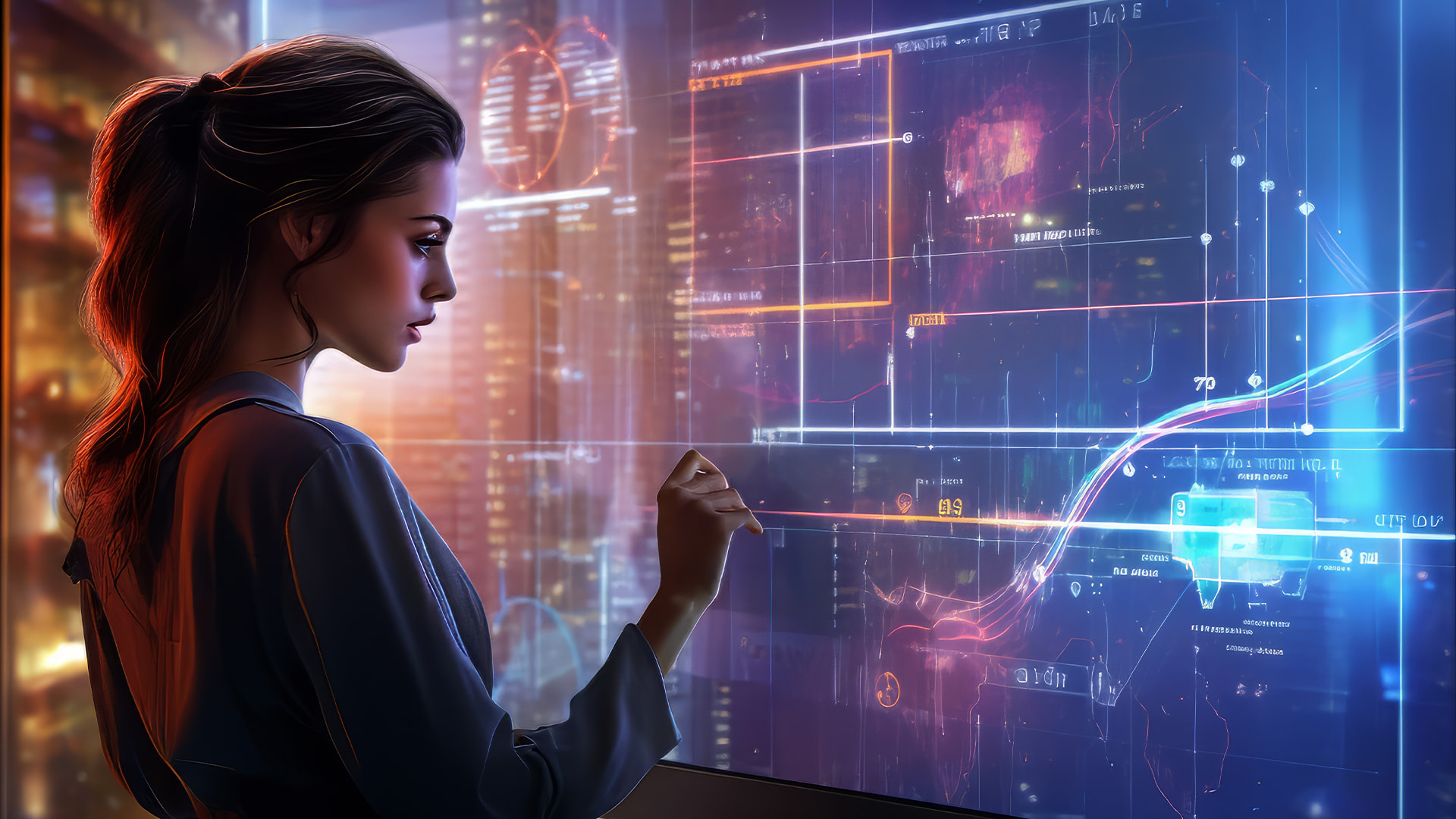
Wrapping Up Spatial Computing’s Essence
Spatial computing technology transcends conventional boundaries, reshaping interactions, experiences, and industries, eventually as it permeates various sectors, its transformative power promises a future where the digital and physical seamlessly intertwine.
This glimpse into the world of spatial computing highlights its potential and evolving impact, so there’s an exciting journey ahead as spatial computing continues to revolutionize how we perceive and interact with our environment.
Final Thoughts
Spatial computing isn’t just a technological advancement; it’s a paradigm shift in how humans interact with technology, indeed as it becomes more ingrained in our daily lives, its impact will continue to redefine various industries, making processes more efficient, interactions more intuitive, and experiences more immersive.
By leveraging spatial computing, we’re not just shaping the future; indeed, we’re redesigning our reality to be more connected, interactive, and dynamic.
For more information and to dive deeper into the boundless possibilities of Stage Meta and TPA, soon visit Stage Meta’s Homepage. The future is now, and it awaits you.
Welcome to the new age of the Spatial Computing era. Welcome to Stage Meta.
Estimated reading time: 6 minutes
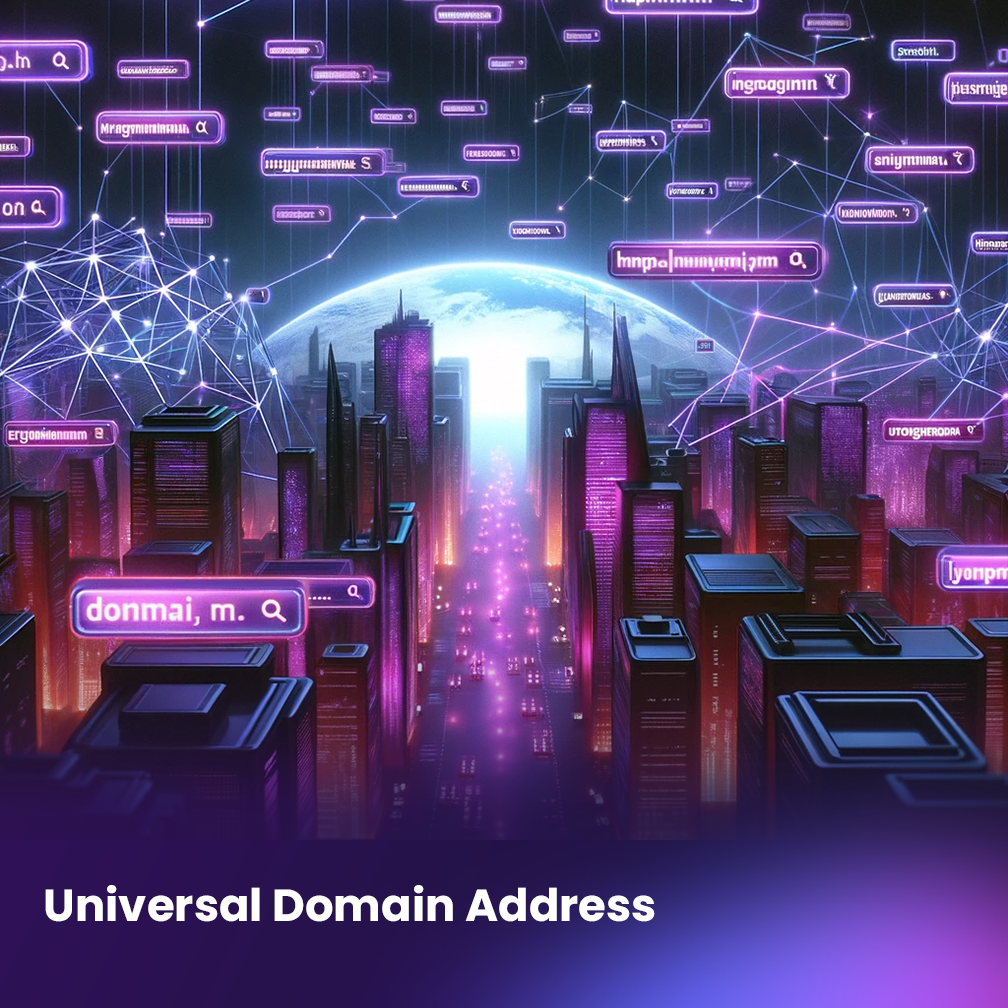
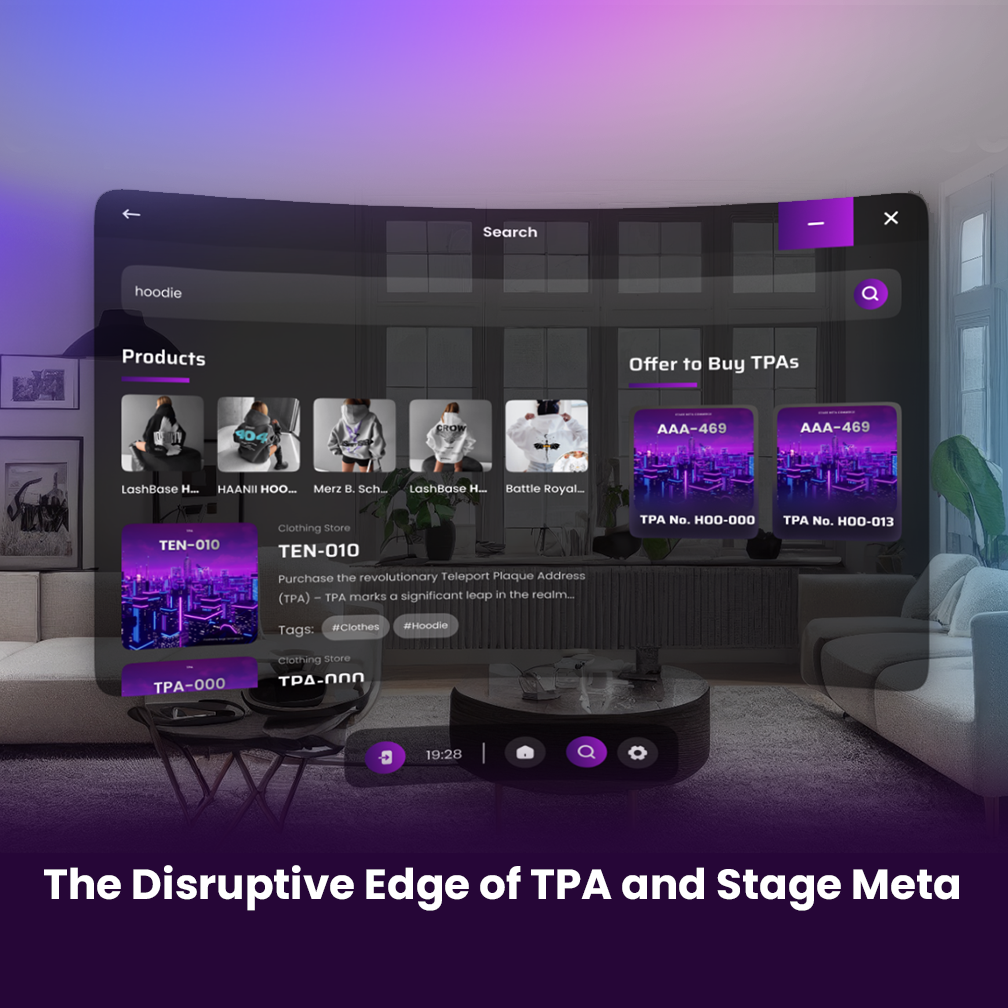
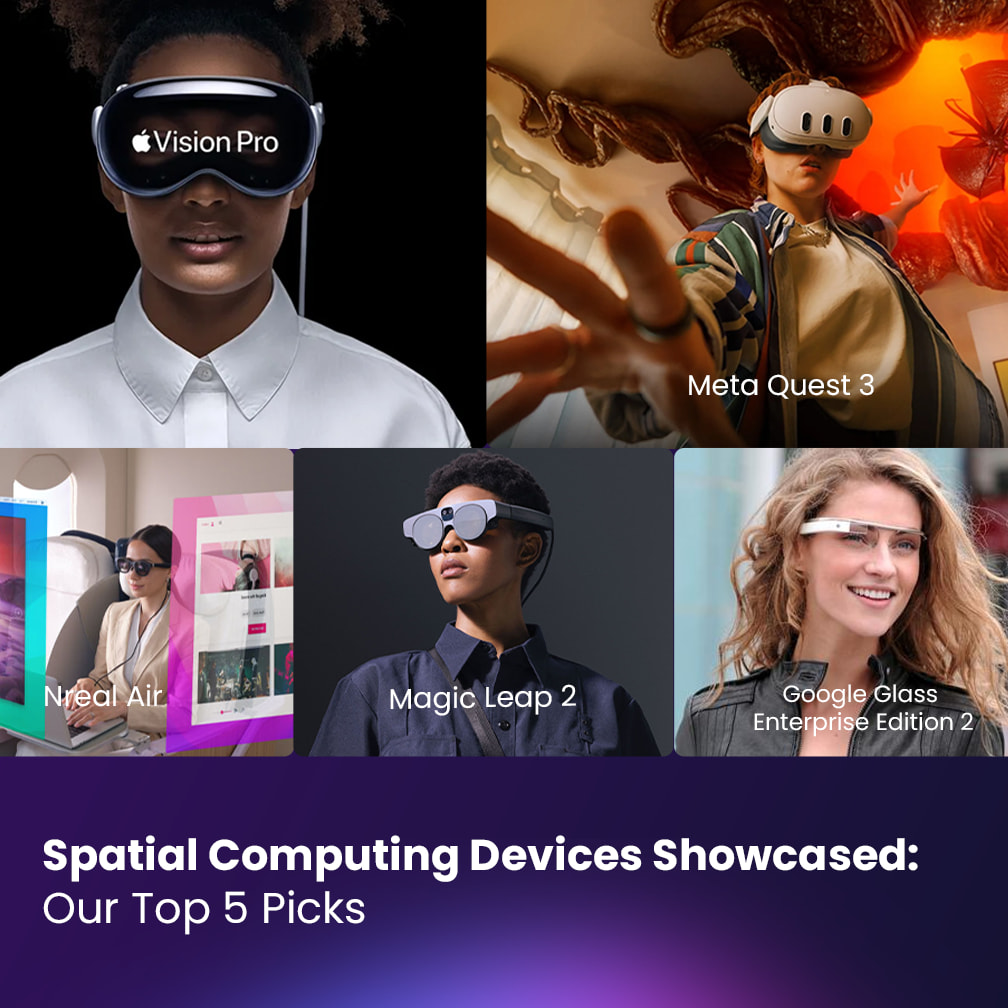
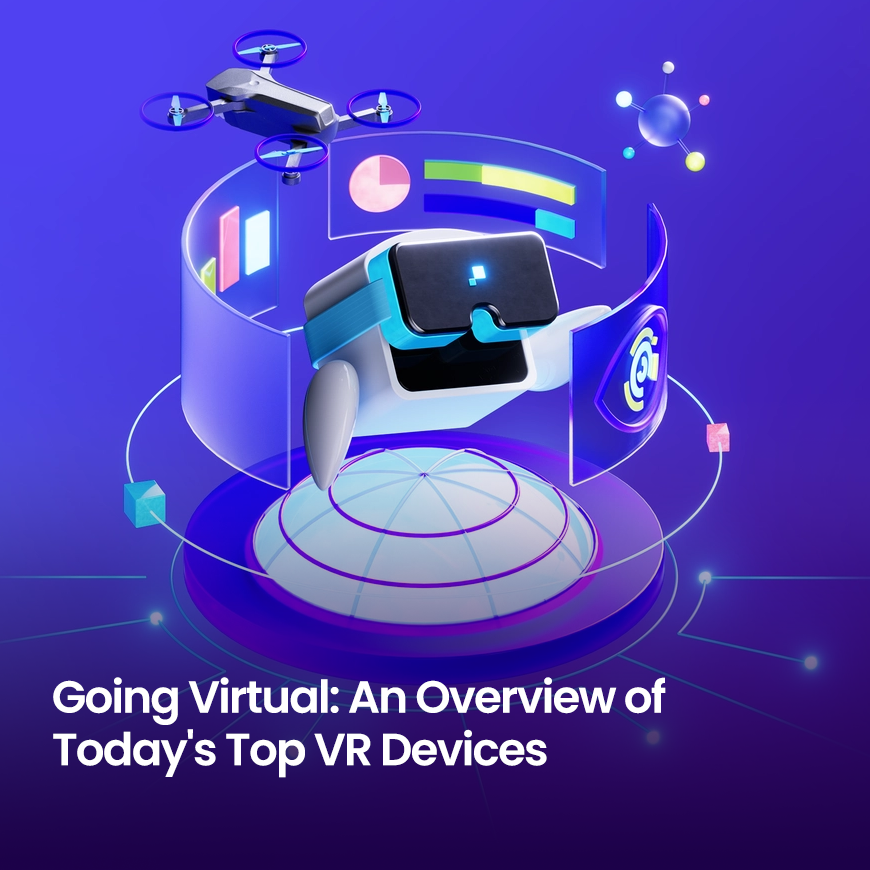

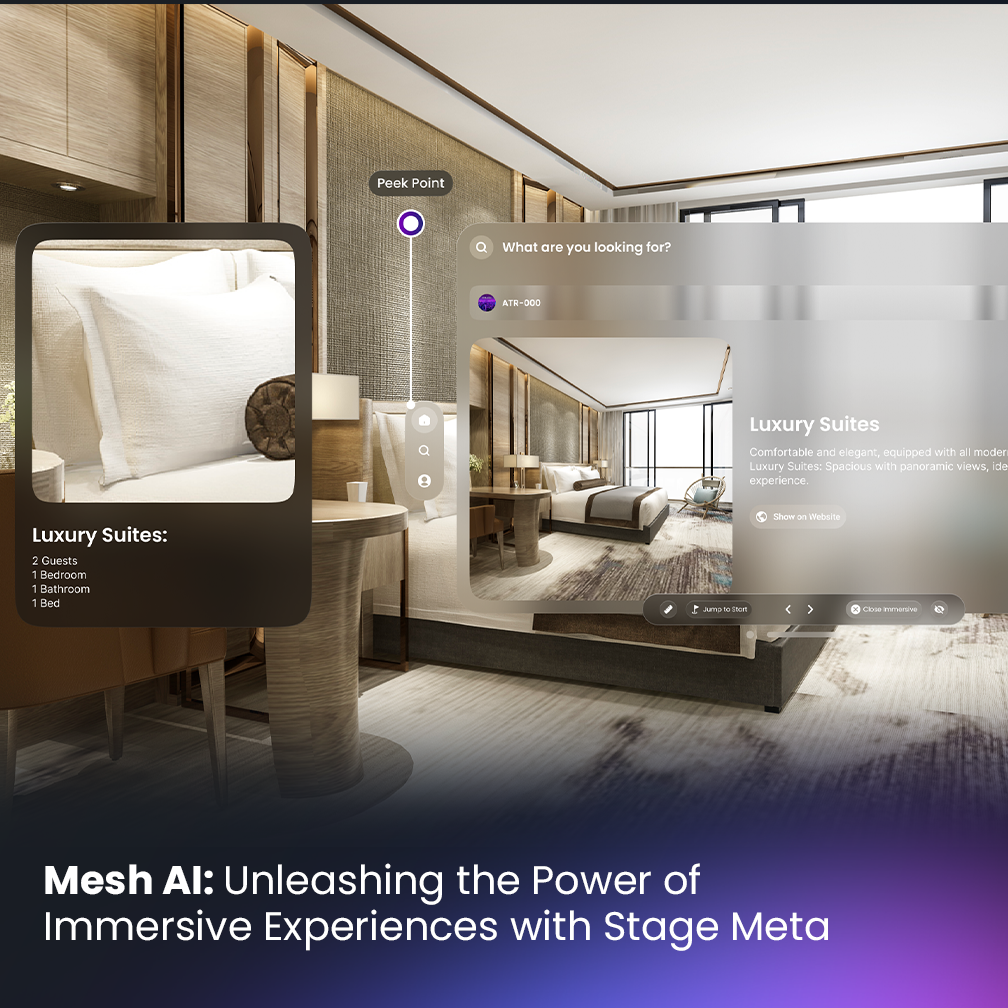
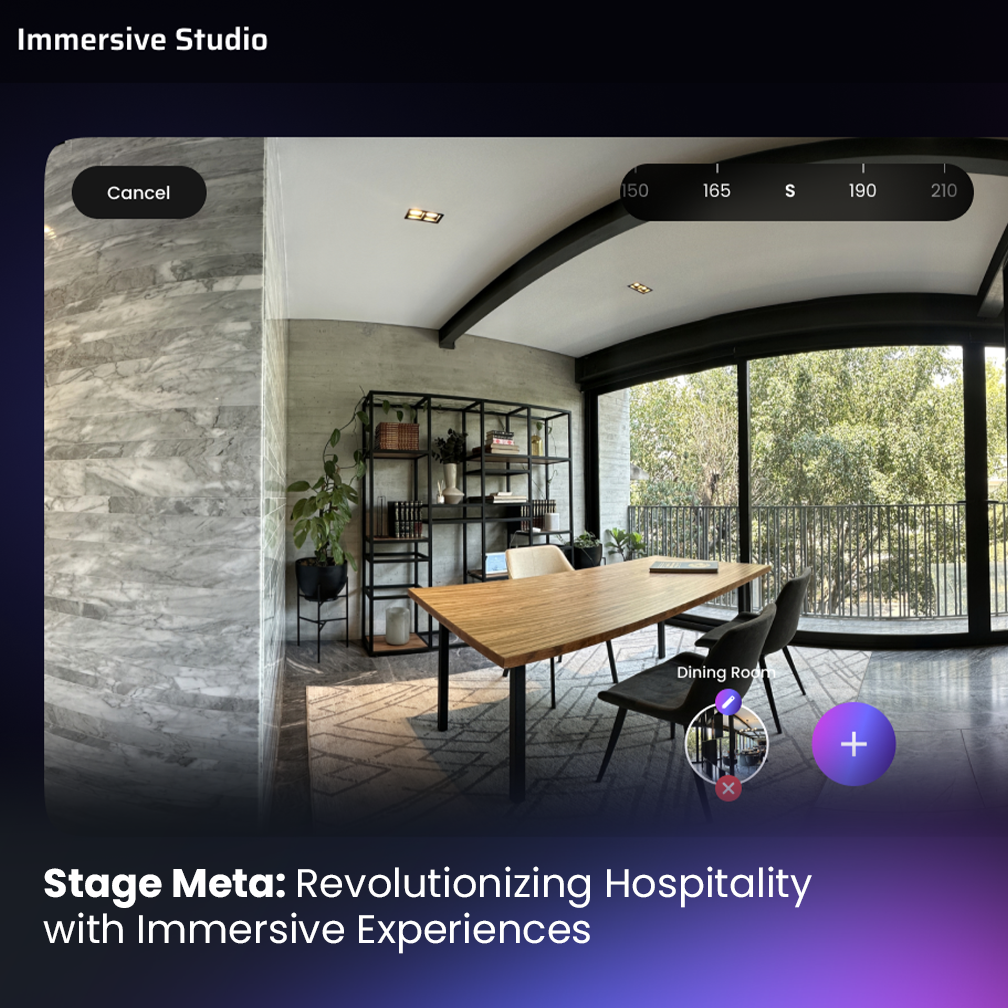
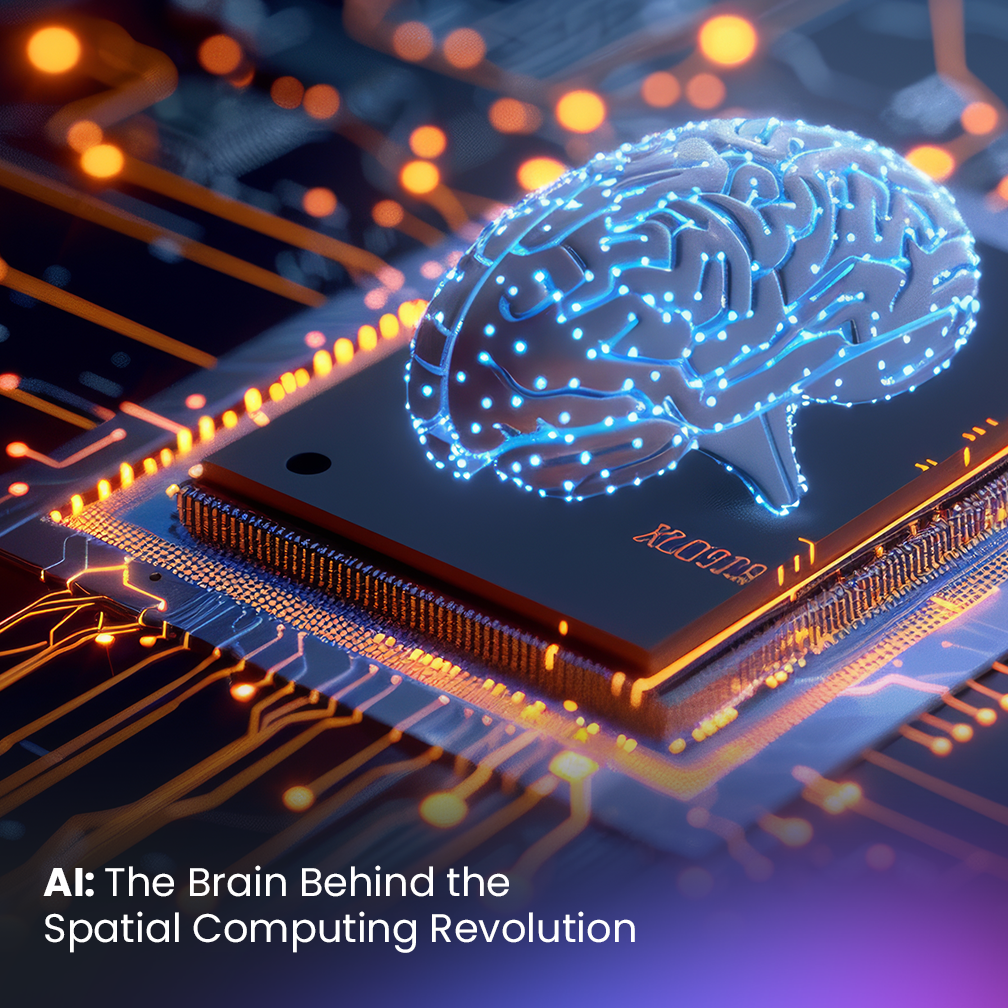

6 Comments
[…] Spatial Computing Technology in 2024: Current Landscape […]
[…] Spatial Computing Technology in 2024: Current Landscape […]
[…] Spatial Computing Technology in 2024: Current Landscape […]
[…] Spatial Computing Technology in 2024: Current Landscape […]
[…] Spatial Computing Technology in 2024: Current Landscape […]
[…] Spatial Computing Technology in 2024: Current Landscape […]